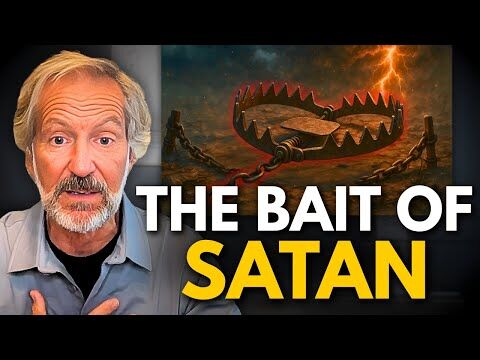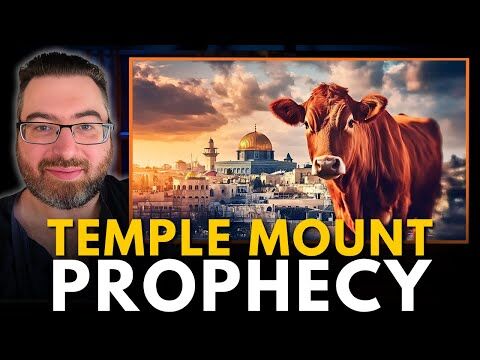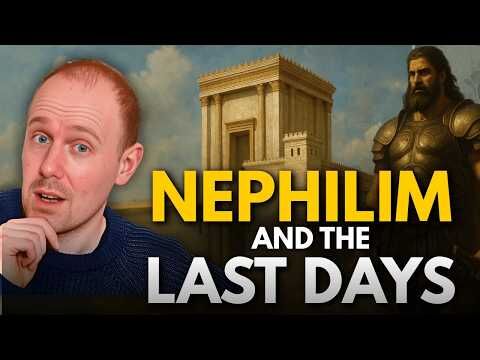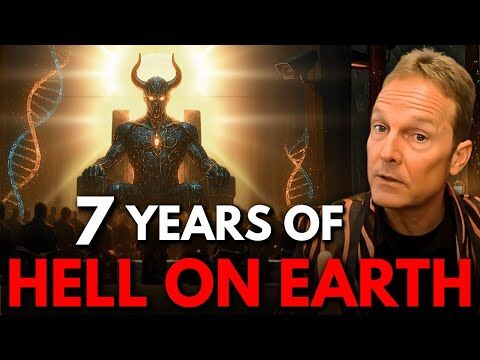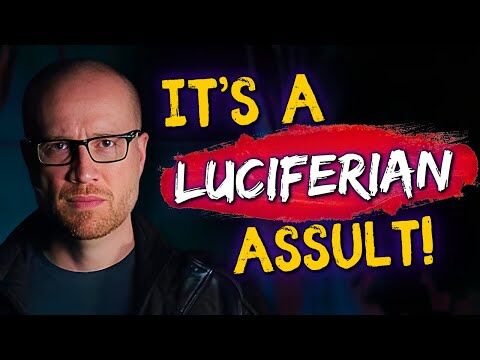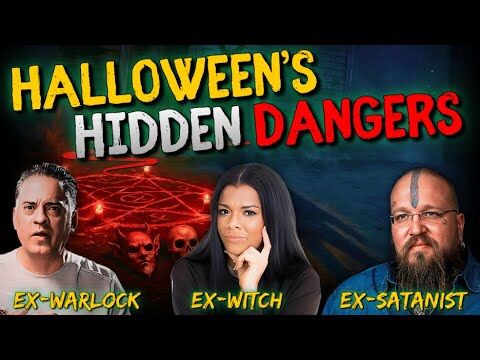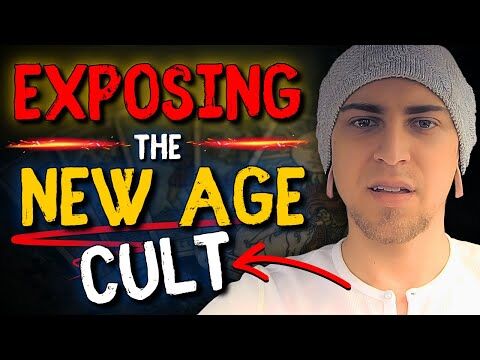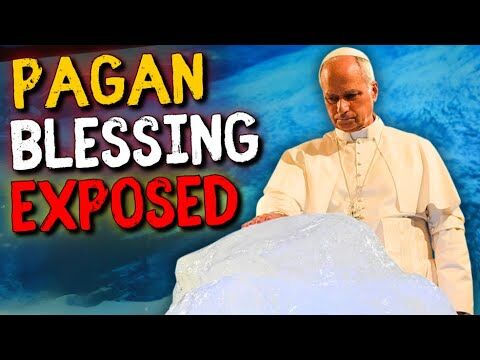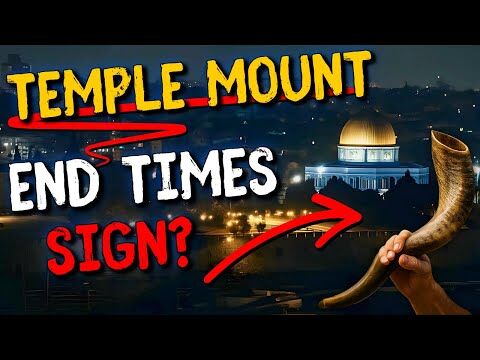A scholar explains the history and canonization of the Bible we have today—in layman’s terms
God sovereignly arranged to get us the Bible that we have today. But just as we don’t always recognize His plan in the details of our lives until He fulfills it, many Christians over the centuries struggled also to discern God’s leading regarding the Bible.
While they agreed on most books, they debated whether some books belonged in the Bible’s canon—the list of its accepted books. Eventually Christians together discerned which books should be included and which books should not be. Even today, of course, Catholics and Protestants don’t agree on every book that belongs in the Bible.
Fortunately, we can start this examination of which particular books made it into the Bible by looking at Jesus Himself. When the Lord quoted from the Psalms or Deuteronomy or Isaiah, He knew that His hearers recognized these books as Scripture also.
Despite disagreement on some details, Judeans and Galileans accepted for the most part the same Hebrew Bible that Jesus did. Later rabbis clearly accepted our Old Testament; the first-century historian Josephus held a view at least very close to this. So did the authors of the Dead Sea Scrolls, though they may have accepted a few additional books, such as 1 Enoch.
Greek, Latin and Hebrew Scriptures
What complicated matters was that the Greek translations of Scripture often circulated outside the Holy Land with books that we consider part of the Apocrypha—those books not accepted as part of the canon. Although the writers of the New Testament may sometimes allude to this material, they apply Scripture formulas—such as, “As it is written”—only to the Old Testament proper. Greek-speaking Christians, however, often used these other books because they found them in many of their Scripture scrolls.
This practice raised issues that remain with us today. Jerome was probably the finest Christian scholar of the fourth and early fifth centuries, and one of his primary activities was translating the Bible into Latin. The translation he undertook, the Vulgate, became the preferred Bible translation for the Latin-speaking church of the western Roman Empire.
Jerome himself preferred the Hebrew canon used in the Holy Land, not the added Greek materials of the Apocrypha (such as Tobit, Judith or Wisdom). The Vulgate includes translations of these other books, but Jerome distinguishes them from our Old Testament. He considered them edifying but not authoritative for deciding church doctrine.
Most ordinary readers just accepted the books in his translation without paying attention to his distinction. Meanwhile, medieval Judaism retained the Hebrew canon, the books later accepted by Protestants. During the Reformation, Martin Luther followed Jerome in accepting only the Hebrew canon as authoritative for doctrine. Though many Protestants retained the Apocrypha as edifying, later Protestant Bible societies avoided confusion and debate by printing the Bible without it.
Using the Vulgate’s content, the Roman Catholic reaction against the Reformation accepted these books. Although Protestants and Catholics agree on more today than during the Reformation, there do remain these few books that we view differently.
Choosing the New Testament
Catholics and Protestants do agree on the New Testament. Indeed, the New Testament is the best attested work we have from Greco-Roman antiquity, despite the persecutions early Christians faced.
For many ancient literary works we have only a single copy or perhaps a handful of manuscripts. For the New Testament, however, we have 5,000 Greek manuscripts as well as 10,000 early manuscripts in other languages. The next-best attested document is still outnumbered by Greek New Testament manuscripts seven to one.
Further, for many ancient works the oldest surviving manuscript dates 10 centuries after the original. But for the New Testament, we have a fragment of John’s Gospel dating to probably within a generation after the original and the complete New Testament to within a century.
Jesus commissioned His followers to proclaim His message, and God provided us key samples of this message in the New Testament. But not everything that every early Christian wrote about Jesus necessarily belonged in the Bible, even if it was edifying, any more than we would include, for example, John Bunyan’s or C.S. Lewis’ writings in the Bible today. How were Christians to decide which books should make it into their canon?
First, Christians of later generations wanted books that went back to the time of the first followers Jesus commissioned. Second, they wanted books written by either those whom Jesus commissioned or members of their immediate circle; this criterion ensured a direct connection with the Lord’s commission. Third, books being admitted to the canon had to have a message consistent with books that no one questioned (such as the four Gospels). Fourth, they looked for the books that most churches already were using as Scripture, documents in which most Christians already were hearing God’s voice.
The Lost Gospels
These criteria excluded many eccentric books that a few churches here or there wanted to use. For example, some peculiar groups called gnostics wanted to use their own “gospels,” but these gospels didn’t date to within living memory of the eyewitnesses of Jesus. A few come from the late second century, others from many centuries later. Many scholars now think that one was even a 20th century forgery!
Gnostics claimed that their teachings were passed on secretly—thereby admitting that, unlike writers of the canonical Gospels, they had no public record of Jesus’ teaching. These gospels usually are inconsistent with Jesus’ known teaching. In fact, they often contain ideas that are distinctly gnostic—views that did not exist in Galilean Judaism in Jesus’ day.
These gospels also lack Judean and Galilean characteristics—that is, unlike our canonical Gospels, they don’t reflect Jesus’ own era. They’re hardly even “gospels” by any comparable sense; they are collections of sayings, not ancient biographies, as the canonical Gospels were. It’s no surprise the majority of churches didn’t want them in the canon.
Besides gnostic gospels, some writers also produced what we call “apocryphal” gospels. These were novels about Jesus. There is nothing wrong with an edifying novel about Jesus, such as one by author Anne Rice or by director Mel Gibson in cinematic form. But a novel is a far cry from a first- or second-generation biography by an immediate follower of Jesus.
The apocryphal gospels stem from the late second and early third centuries, the heyday of ancient novels. Like the gnostic gospels, they reflect their own world rather than Jesus’.
By contrast, churches began embracing our four Gospels as early as they began asking which books were authoritative. By the late second century, even culturally different churches in separate parts of the Roman Empire—exemplified by early theologians Tatian in Syria and Irenaeus in France—showed that the mainstream church accepted exactly our four Gospels. Although it took the church time to decide about some books (for example, “yes” to 2 Peter and “no” to Shepherd of Hermas), it had settled its decision on most of them by the end of the second century.













